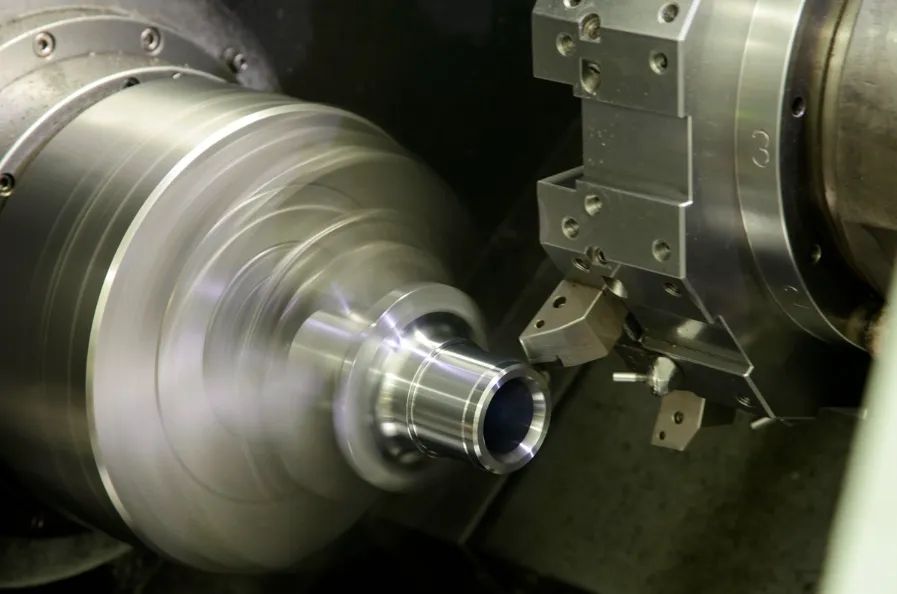Lathe machining is a fundamental process in the manufacturing industry, renowned for its ability to produce high-precision parts used across various applications, from simple components to complex machinery. At the heart of lathe machining is the lathe itself, a versatile tool that rotates a workpiece against a cutting tool, allowing for effective shaping, cutting, and finishing of materials such as metal, wood, and plastic. The process begins with securing the raw material—typically in the form of a cylindrical workpiece—onto the lathe’s spindle. As the spindle rotates, the operator can control the movement of the cutting tool along multiple axes, executing various operations such as turning, facing, drilling, and threading. This precision is essential in creating parts that meet strict tolerances, which is particularly important in industries such as aerospace, automotive, and medical manufacturing, where even the slightest deviation can lead to significant flaws or failures.
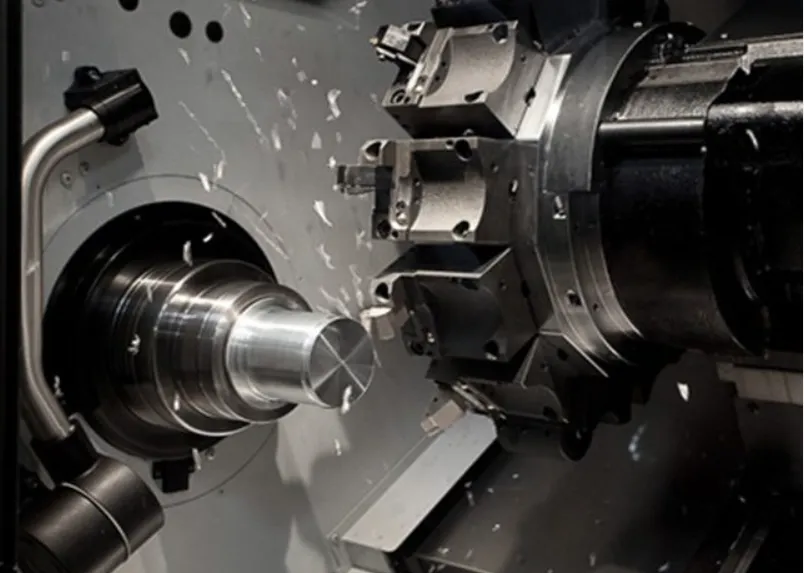 One of the key advantages of lathe machining is its adaptability; it can produce a wide range of parts, including shafts, pins, bushings, and complex assemblies. Advanced lathe machines, including CNC (Computer Numerical Control) lathes, enhance this capability by utilizing automated processes that increase efficiency and reduce human error. CNC lathes rely on pre-programmed software to execute intricate designs with remarkable precision, making them ideal for mass production as well as one-off custom jobs. The tooling used in lathe machining can vary according to the specific materials and desired finish, with options such as high-speed steel or carbide inserts offering different levels of durability and cutting performance.
One of the key advantages of lathe machining is its adaptability; it can produce a wide range of parts, including shafts, pins, bushings, and complex assemblies. Advanced lathe machines, including CNC (Computer Numerical Control) lathes, enhance this capability by utilizing automated processes that increase efficiency and reduce human error. CNC lathes rely on pre-programmed software to execute intricate designs with remarkable precision, making them ideal for mass production as well as one-off custom jobs. The tooling used in lathe machining can vary according to the specific materials and desired finish, with options such as high-speed steel or carbide inserts offering different levels of durability and cutting performance.
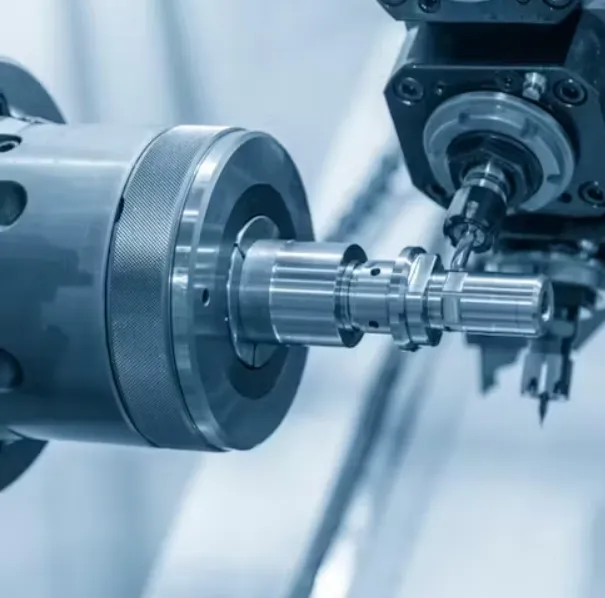
Furthermore, the quality of lathe-machined parts is heavily influenced by factors such as tool geometry, cutting speed, feed rate, and cooling methods. Engineers and machinists must carefully consider these elements to optimize the machining process, ensuring that the final product not only meets technical specifications but also boasts durability and performance under operational conditions. The importance of lathe machining parts extends beyond just production; they play a critical role in assembly, maintenance, and the overall lifecycle of mechanical systems.
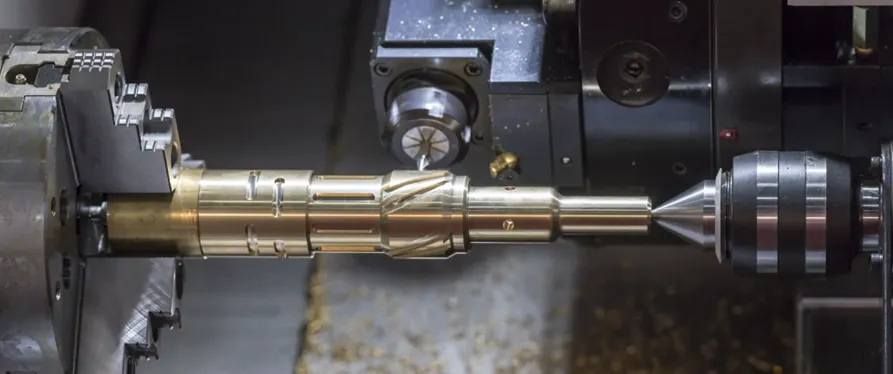
In addition, as technology advances, the landscape of lathe machining evolves, incorporating innovative techniques and materials. The emergence of smart manufacturing technologies, such as the Internet of Things (IoT) and artificial intelligence (AI), enables real-time monitoring and predictive maintenance of lathe operations. This not only enhances productivity but also allows for greater customization and immediate response to production anomalies. The integration of additive manufacturing with traditional lathe processes is also gaining traction, offering the ability to create intricate geometries and reducing material waste, thus promoting sustainability in manufacturing.
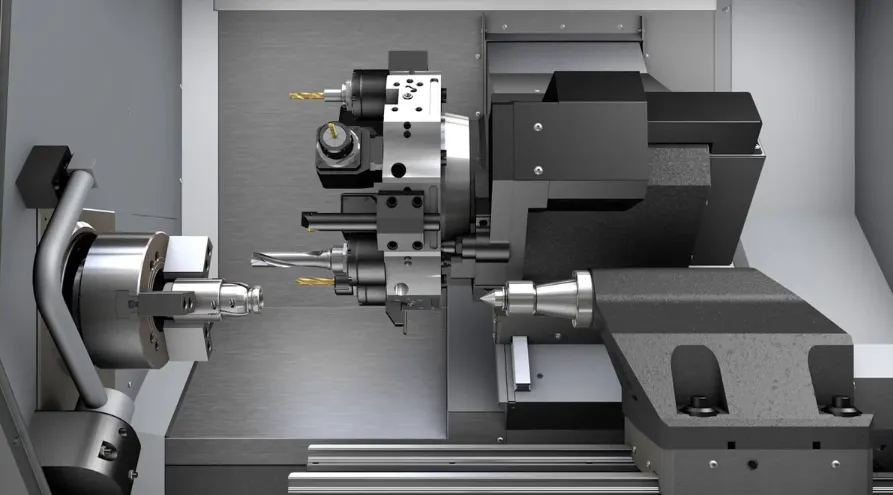
As industries evolve and new materials and technologies emerge, lathe machining continues to adapt, integrating modern techniques that promise to enhance productivity and efficiency further. The combination of traditional craftsmanship and cutting-edge technology in lathe machining showcases a remarkable synergy that drives innovation, effectiveness, and precision in component manufacturing. Thus, lathe machining remains an indispensable cornerstone of modern manufacturing, shaping the components that drive innovation and functionality in a myriad of industries, ultimately contributing to the advancement of technology and improvement of everyday life.
